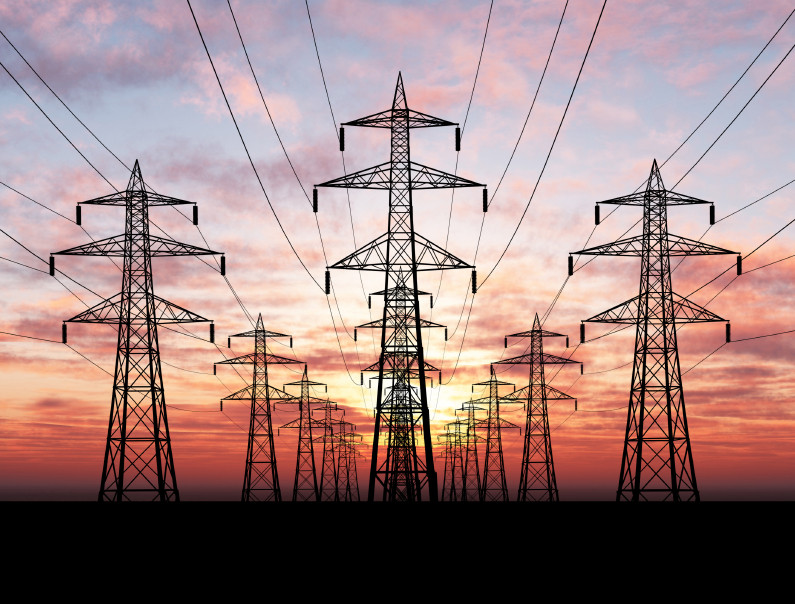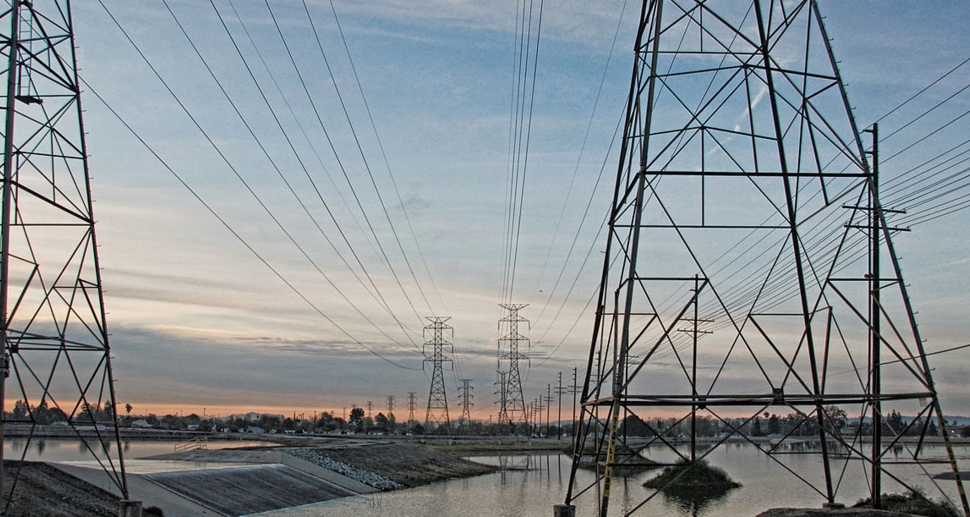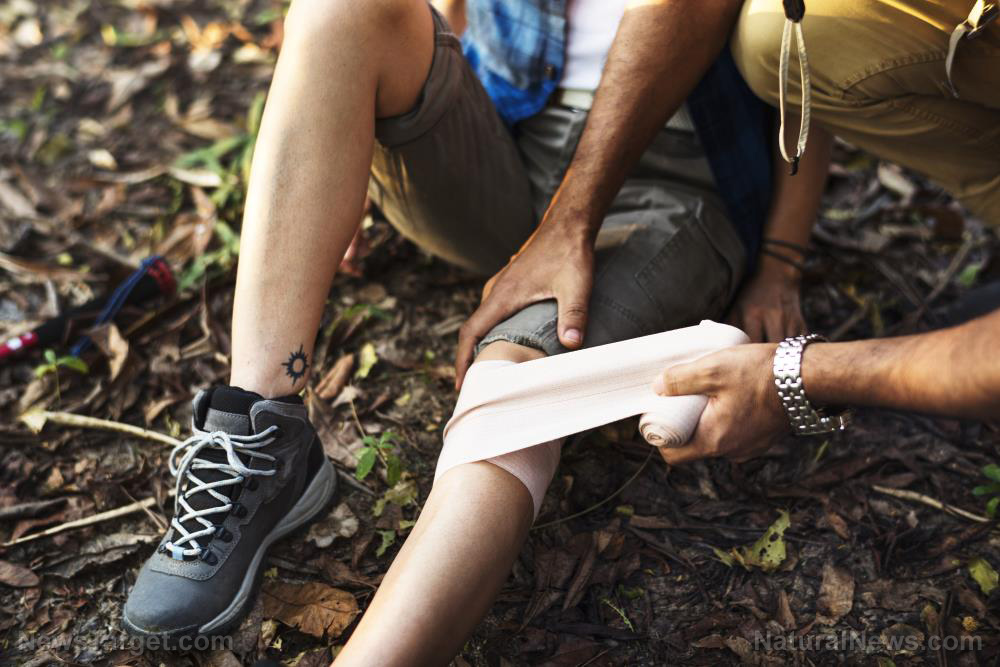Back to basics: 10 Tips for surviving a long-term power outage
10/24/2019 / By Arsenio Toledo

Electricity is an integral part of modern life. Even a short power outage can cause a massive disruption. What happens then when the blackout lasts longer than anticipated? How would you survive without electricity for several days – or even weeks? (h/t to ThePreppingGuide.com)
Living without power for extended periods can be dangerous, especially if you’re unprepared. Your refrigerator will stop keeping your food fresh, your phone’s battery won’t last long, and nights will be really dark. It may be difficult to survive, but not impossible. You just need to learn what to do especially if you live in an area that’s susceptible to power outages.
Learning how to survive during a power failure is important. With the right skills, it can be manageable and, if you know what you’re doing, it can even be comfortable.
Here are 10 things you can do to be ready for a long-term power outage. (Related: California to shut down power for up to a WEEK in multiple counties to “prevent wildfires”.)
1. Stock up on food
Be sure to stock up before SHTF. Keep a lot of non-perishable foods around. Flour, pasta, rice, jerky, and other food items with long shelf lives are essential. A lot of your fruits, vegetables, and meats won’t last long without refrigeration, so learning basic food preservation methods, such as salting and canning, will come in handy.
2. Keep an eye on your gas and water lines
Learning where your gas and water valves are located is important. If there’s a power outage or if there’s a leak, leaving them on can be dangerous. Find out where the valves are, and learn how to handle them.
Sponsored solution from the Health Ranger Store: Lab-verified Nascent Iodine solution is a dietary supplement that provides your body with supplemental iodine to help protect your thyroid during radiation exposure. Nuclear accidents such as Fukushima (or nuclear war) can expose your body to radioactive iodine-131, a dangerous radioisotope. Pre-loading your system with stable iodine occupies the iodine receptor sites on your organs, causing your body to naturally expel radioactive iodine you may have been exposed to through air, food, water or milk products. This defensive strategy is recommended by nearly all health authorities, worldwide, including the Nuclear Regulatory Commission. Discover more at this link.
3. Find alternative sources of heat
Check your house if you have alternative heaters, preferably ones that don’t rely on electricity. Your best option would be a fireplace or a wood burning stove that you can just chuck some logs into. If neither is available, a gas-powered heater will do – just be mindful of the amount of carbon monoxide emission. Make sure your room is well-ventilated. Open a few windows, and keep vents free of blockage. Alternatively, learning how to insulate your own home can also come in handy.
4. Learn ways to stay cool
Keep the curtains closed during the day and invest in blackout curtains or thermal curtains. When it’s nighttime, open your windows and doors – if it’s safe to do so – to let the wind in. If you’re up for the task, you can also learn how to make a solar-powered air conditioning unit.
5. Make a bucket toilet
Investing in a portable toilet early on can come in handy, especially if a long-term outage prevents you from running to the store to get one. If you don’t have one, you can create a bucket toilet in your garage. Drape a garbage bag over a bucket and get some kitty litter or peat moss for when you have to use it. Pour some of into the bottom of the bag and then pour in some more after using it so the odors can’t get out.
6. Consider your lighting options
During a power outage, night is challenging to survive in. People will easily be able to sneak up on your home if the lights are out. Alternative light sources will be important if you don’t have electricity. Solar-powered lighting fixtures are your best option, but for cheaper alternatives, make use of lanterns, flashlights, candles, and oil lamps. Be sure to stock up on fuel and extra batteries as well.
7. Learn how to collect water
Figure out how you can collect and properly store water in a power outage. Fill up any old water bottles and jugs you have at home with as much water as you can, but be sure to change them out regularly.
Your water supply will run out eventually. Before this happens, learn how to make homemade water filters and how to set up long-term water filtration systems in your home.
8. Find a way to cook without power
Familiarize yourself with how to use propane cookers and wood-burning stoves – and be sure to have enough fuel for them. Barring either of those options, learn how to safely cook from a fire pit.
9. Maximize daylight
Chores are going to be part of your daily routine, but it’ll be difficult to do them if there’s no light. Adjust your schedule to use up as much daylight as you can. This means you need to start your day at sunrise.
10. Keep yourself entertained
A long-term power outage scenario will be stressful, so you need to figure out how to wind down. Being able to relax and have fun is essential because stress can cloud your mind and affect your decision-making, which is crucial in emergencies. Board games, books, taking a walk with your dog, and other recreational activities are just as important as cooking your next meal.
It’s going to be difficult to weather through, but with the right skills and the ability to plan ahead, you can be ready to face a long-term power grid failure.
Sources include:
Tagged Under: blackout, bucket toilet, bug in, Collapse, disaster, electricity, emergency preparedness, fire pit, food supply, grid down, homesteading, how-to, insulation, long-term power outage, off grid, Off-the-grid living, portable toilet, power failure, power grid, Power Outage, preparedness, prepper, prepping, propane cooker, recreation, self-reliance, SHTF, survival, survival skills, survival supplies, Survival Tips, survival tools, survivalist, water filter, water filtration, wood burning stove
RECENT NEWS & ARTICLES
COPYRIGHT © 2017 · SURVIVAL NEWS


















